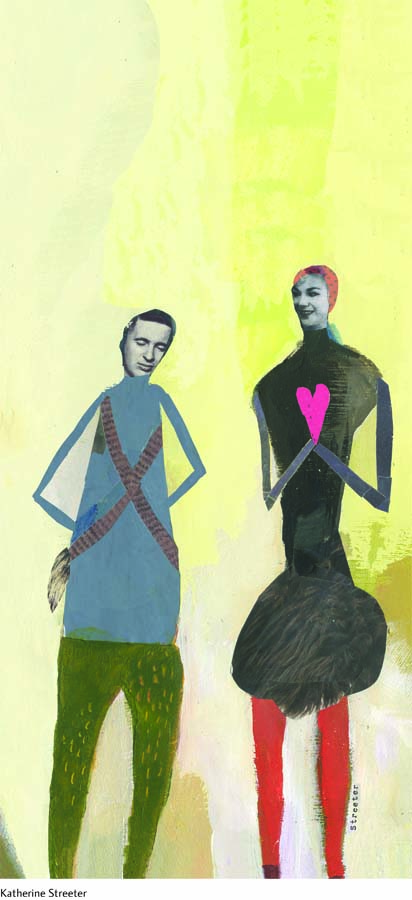Chapter Introduction
How Do Neurons Communicate and Adapt?
RESEARCH FOCUS 5-
EXPERIMENT 5-
CLINICAL FOCUS 5-
STRUCTURE OF SYNAPSES
NEUROTRANSMISSION IN FOUR STEPS
VARIETIES OF SYNAPSES
EXCITATORY AND INHIBITORY MESSAGES
EVOLUTION OF COMPLEX NEUROTRANSMISSION SYSTEMS
FOUR CRITERIA FOR IDENTIFYING NEUROTRANSMITTERS
FOUR CLASSES OF NEUROTRANSMITTERS
CLINICAL FOCUS 5-
VARIETIES OF RECEPTORS
NEUROTRANSMISSION IN THE SOMATIC NERVOUS SYSTEM
DUAL ACTIVATING SYSTEMS OF THE AUTONOMIC NERVOUS SYSTEM
ENTERIC NERVOUS SYSTEM AUTONOMY
FOUR ACTIVATING SYSTEMS IN THE CENTRAL NERVOUS SYSTEM
CLINICAL FOCUS 5-
HABITUATION RESPONSE
EXPERIMENT 5-
SENSITIZATION RESPONSE
EXPERIMENT 5-
LEARNING AS A CHANGE IN SYNAPSE NUMBER
RESEARCH FOCUS 5-

5-1
The Basis of Neural Communication in a Heartbeat
Discoveries about how neurons communicate stem from experiments designed to study what controls an animal’s heart rate. As with any animal, your heartbeat quickens if you are excited or exercising; if you are resting, it slows. Heart rate changes to match energy expenditure—
Heartbeat undergoes a most dramatic change when you dive beneath water: it slows almost to stopping. This drastic slowing, called diving bradycardia, conserves the body’s oxygen when you are not breathing. Bradycardia (brady-
Otto Loewi, a great storyteller, recounted that his classic experiment, which earned him a Nobel Prize in 1936, came to him in a dream. As shown in the Procedure section of Experiment 5-1. Loewi first maintained a frog’s heart in a salt bath, then electrically stimulated the vagus nerve—
Loewi recorded both heart rates. His findings are represented in the Results section of Experiment 5-1. The electrical stimulation decreased the rate of the first heart, but more important, the second heartbeat also slowed. This result indicated that the fluid transferred from the first to the second container carried instructions to slow down.
Where did the message come from originally? Loewi reasoned that a chemical released from the stimulated vagus nerve must have diffused into the fluid bath to influence the second heart. His experiment therefore demonstrated that the vagus nerve contains a chemical that tells the heart to slow its rate.
Loewi subsequently identified the messenger chemical. Later, he also identified a chemical that tells the heart to speed up. The heart adjusts its rate in response to at least two different messages: an excitatory message that says speed up and an inhibitory message that says slow down.

In this chapter, first we explain how neurons communicate with one another using excitatory and inhibitory signals. Next we describe how chemicals carried by one neuron signal receptors on receiving neurons to produce a response. We conclude the chapter by exploring the neural bases of learning—that is, how neural synapses adapt physically as a result of an organism’s experience.